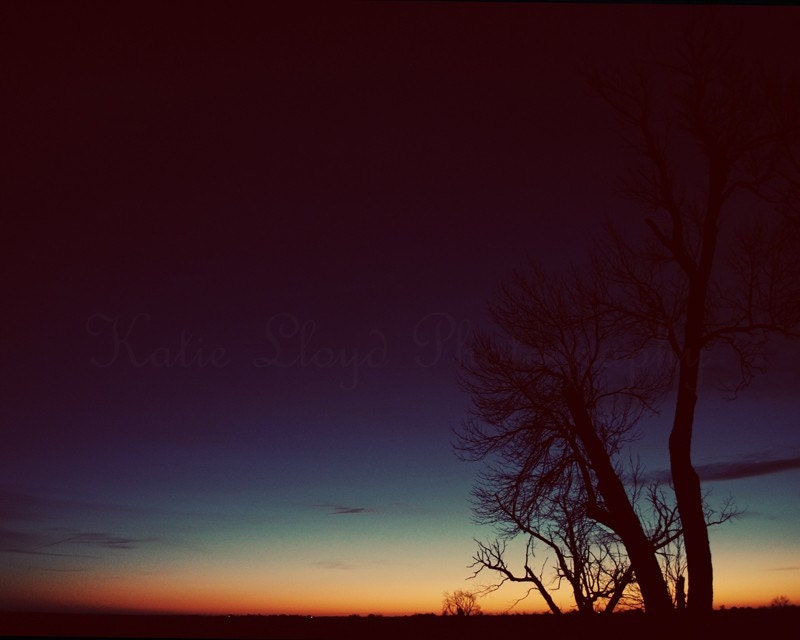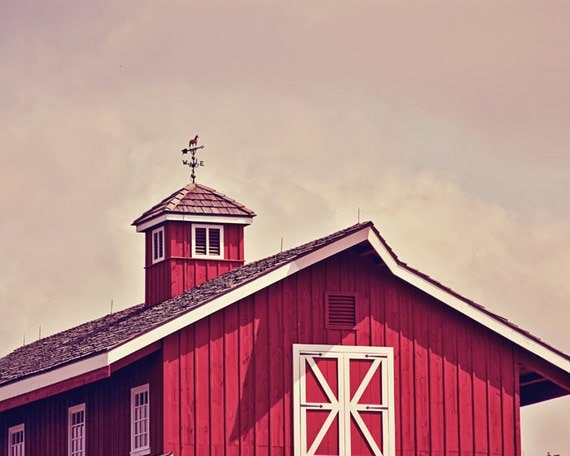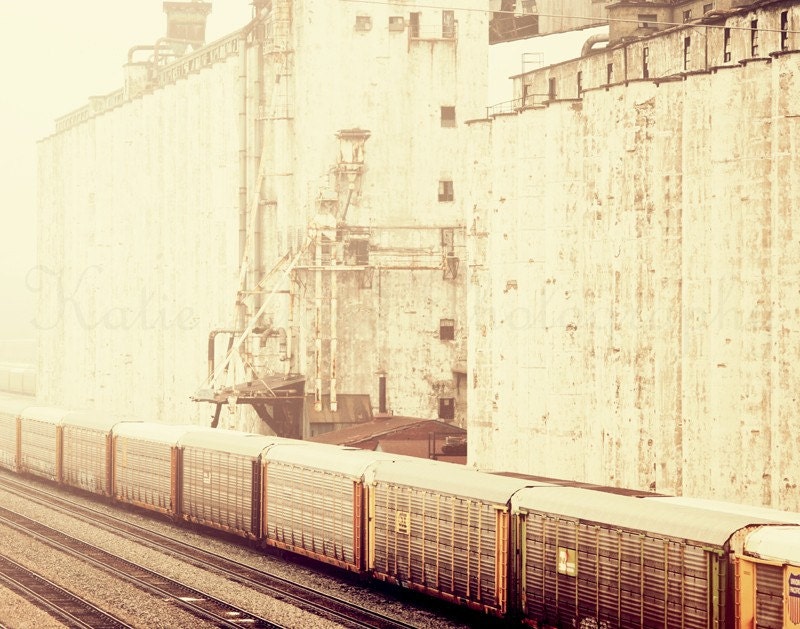A Light exists in Spring
Not present on the Year
At any other period —
When March is scarcely here
A Color stands abroad
On Solitary Fields
That Science cannot overtake
But Human Nature feels.
It waits upon the Lawn,
It shows the furthest Tree
Upon the furthest Slope you know
It almost speaks to you.
Then as Horizons step
Or Noons report away
Without the Formula of sound
It passes and we stay —
A quality of loss
Affecting our Content
As Trade had suddenly encroached
Upon a Sacrament.
-Emily Dickinson
I'm not so sure Emily Dickinson was talking about photography, but boy does her poem seem to!
Light is all around us and a photograph, after all, is an image created by light falling on a light-sensitive surface.
The word "photograph" was coined in 1839 by Sir John Herschel and is based on the Greek words φῶς (phos), meaning "light", and γραφή (graphê), meaning "drawing, writing", together meaning "drawing with light".
(Thanks Wikipedia!)
Pretty cool.
There are soooo many ways to talk about lighting: light sources, light intensity, directional light, etc!
Today we'll just touch on the very basics.
Light sources include:
natural light {the sun}
florescent light {CFL bulbs}
incandescent light {standard light bulbs}
Each of these light sources gives off a different color, which is why selecting the correct white balance is so very important!
HERE is a fabulous article about white balance!
Light Intensity:

The intensity of your light source directly affects the settings you must use in your camera to create a well exposed image. Modern day cameras have the ability to tell us what the correct settings are for any given light intensity.
{thank goodness!!}
HERE is a wonderful article about measuring {or metering} light!
Directional Light:
Direct light - such as noon day sunlight. This kind of lighting will give you harsh shadows, which are sometimes really cool!

Side light - pretty self explanatory...the source of light is hitting your subject from a side.

Back light - again, a pretty straightforward term...light that hits your subject from the back.
This kind of light can give you some gorgeous halo-like effects.
{But, uh...I have yet to capture that.}

Fill light - this kind of lighting can be achieved with reflectors or simply by shooting on a cloudy day. It will give you nice even lighting and none of those harsh shadows.




LOVED this .... still working with the camera in different light situations! :) and the settings! LOVE the poem! :) thanks for sharing!
ReplyDeletei just taught a class last night on lighting... well done.
ReplyDeleteKatie - I'm really enjoying this series! Even though I haven't taken the time to comment on each one, I have been reading them. Great information!
ReplyDeleteThank you for putting so much into these daily posts! I'm learning so much from what you are sharing and the resources you are linking to. I tried to put your button on my blog but somehow couldn't make it work. I'll try again.
ReplyDeleteSadly I've missed most days.....but I love your examples for today!! Gorgeous shots & great explanations!!!!
ReplyDeleteMetering...I still need to get the hang of that. ugh! One of these days....maybe March?? :)
ReplyDeleteWords describe light so well! Great discussion on the different types of light. :)
ReplyDeleteI am looking forward to this all making sense :-)
ReplyDelete